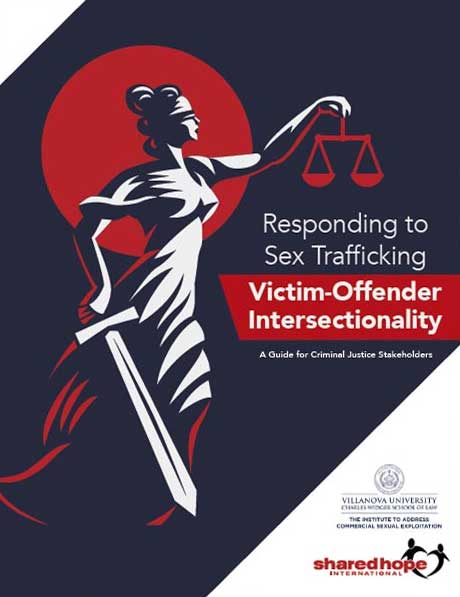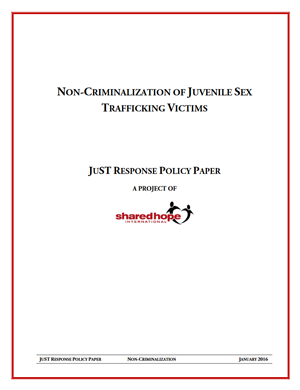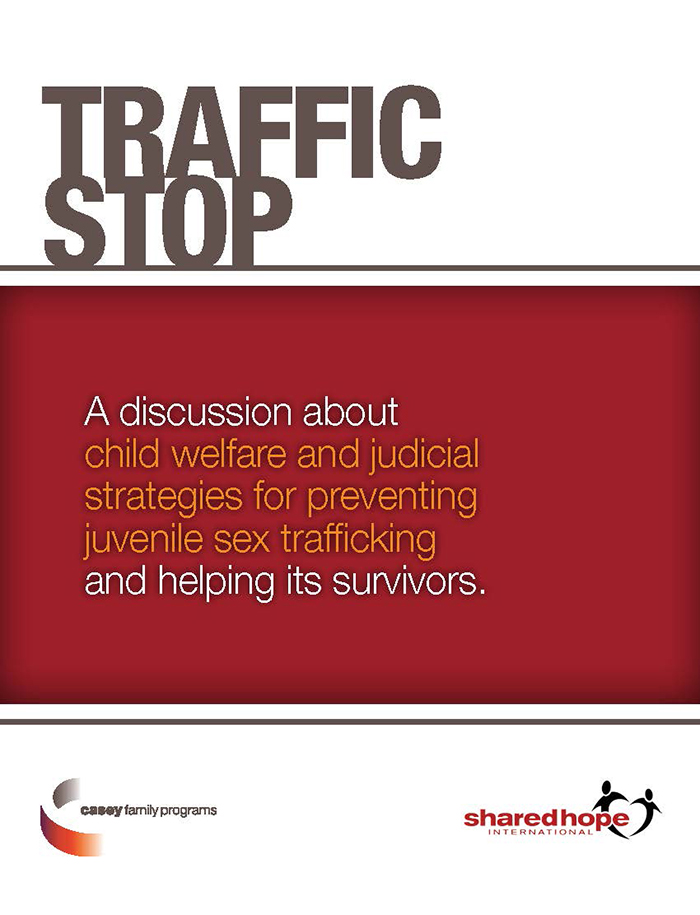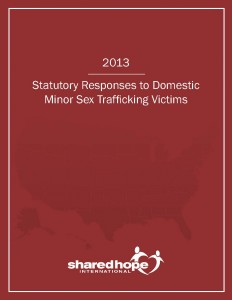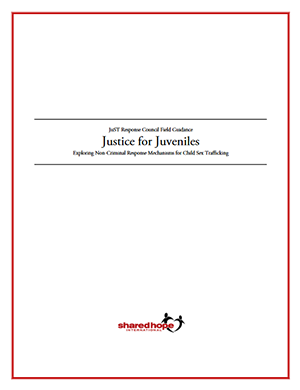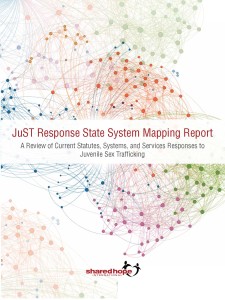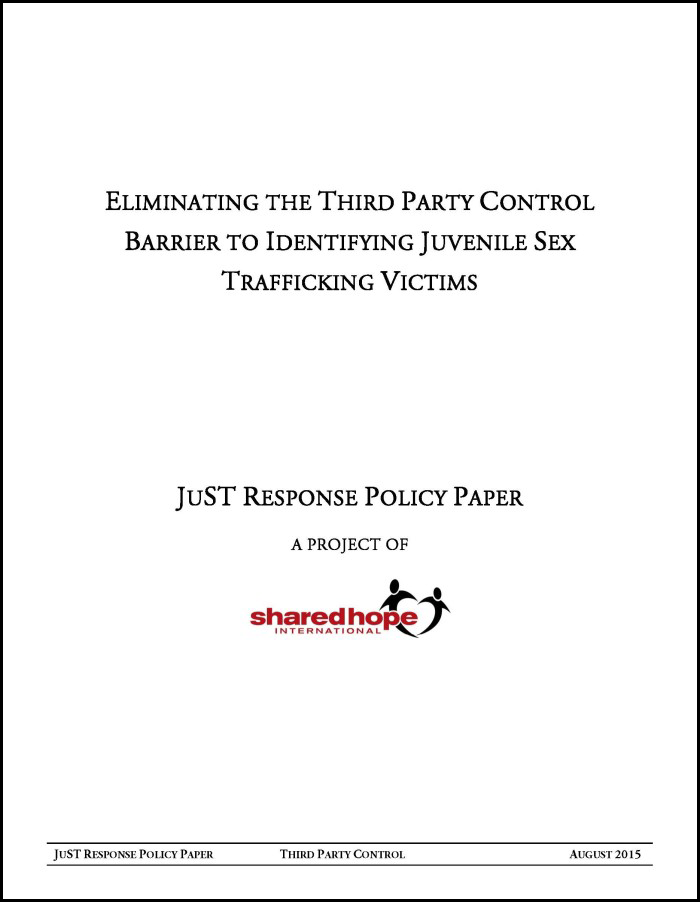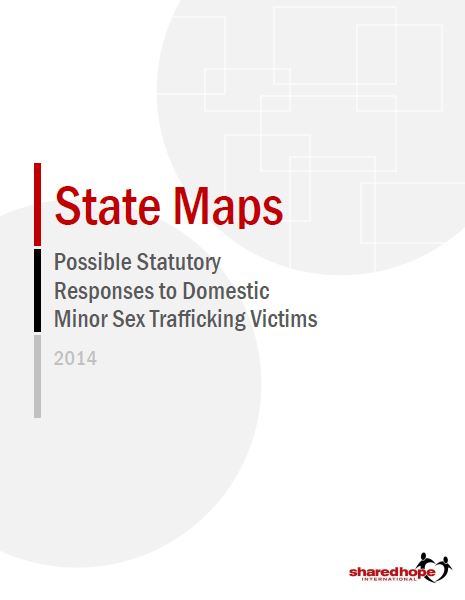JuST Response Council
A group of over 30 experts from around the country who collaborate to improve responses to juvenile sex trafficking victims, drawing on the group's combined research, knowledge and experience in services, law and policy.
The Goal of the JuST Response Council
The ABCS of JuST Response
Advocate for trafficking informed responses within existing systems.
Build information sharing networks for promising practices.
Connect existing research finding to field implementation.
Shape legislation and policy that directly impacts the JuST Response Goal.
Advocate
Child sex trafficking affects existing youth serving systems, government, public and private, whether or not it is named or addressed. When it comes to youth serving agencies or there is rarely a social justice issue that doesn’t connect with child sex trafficking. Despite the discrepancies in state and local resource landscapes, systems that serve and or respond to children need to be considering the role of child sex trafficking in their responses.
Build
Programs and responses are often being created in silos, because there is often not a mechanism to quickly or easily find what other states are doing, or many avenues to promote successes, so there is an assumption that states have to start from scratch. The reality is there are many states or programs that have seen promising results within program implementation and have learned from program failures and challenges.
Connect
There is often a disconnect between system building and practice, and the most recent research, and evidence in the field.
Shape
Without having statutes and clear policies in place we cannot ensure long-term broad based responses will not only be implemented, but will continue to be evaluated and improved upon as we learn from implementation.
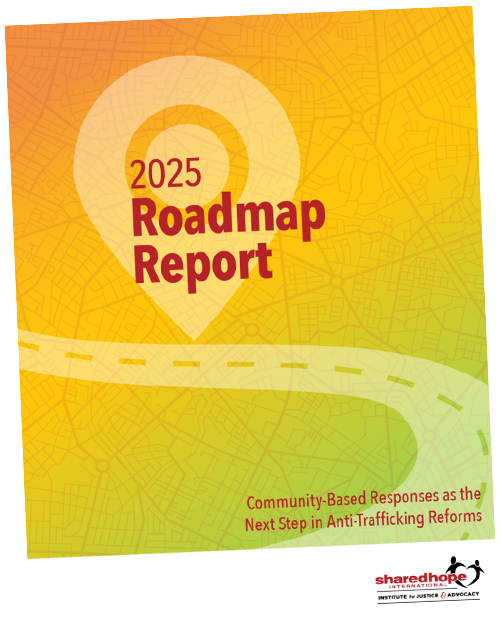
2025 Roadmap Report
Community-Based Responses as the Next Step in Anti-Trafficking Reforms
This report examines opportunities to interrupt entry points into systems and strengthen the provision and accessibility of community-based services for children and youth at risk of, or impacted by, trafficking, providing guidance on a variety of topics.
RESPONDING TO SEX TRAFFICKING VICTIM-OFFENDER INTERSECTIONALITY: A Guide for Criminal Justice Stakeholders
Field guidance by Shared Hope International and the Institute to Address Commercial Sexual Exploitation at Villanova Law, and informed by Shared Hope’s JuST Response Council, which seeks to promote dialogue and more just responses to sex trafficking survivors who face a criminal justice response for alleged sex trafficking conduct.
Clarifying Notes and Language
While “safe harbor” is a term often used to describe statutes establishing a non-punitive response for juvenile sex trafficking victims, this represents only one component of a comprehensive state response—avoidance of a criminal justice outcome.
Since the term “safe harbor” derives from the idea of carving out an exemption for minors under the prostitution law, this can imply that minors have agency in deciding to engage in their commercial sexual exploitation and does not emphasize the critical role of access to services.
Due to the important role of language in accomplishing the fundamental paradigm shift from viewing victims as criminals to viewing victims as victims, both statutorily and in practice, we refer to the statutes that direct juvenile victims away from delinquency and into services as protective response laws.
A person who has been victimized/survived victimization. This report uses victim and survivor interchangeably to provide consistency with statutory language and cross-agency terminology. We recognize that individuals who have experienced trafficking are survivors at all stages of their abuse and recover and are not defined by their victimization.
Refers to a person who has not reached the age of 18. Juvenile should not be a bad word. The issue of juvenile sex trafficking is not a new phenomenon, but the way it is perceived has been changing rapidly due to the advocacy of leaders and advocates across the country. We have a chance to reform systems broadly because of this shift in perception. With this goal in mind, we also have the opportunity to shift public perception of the word “juvenile” as something negative to what it actually means—a young person whom we as a society have a responsibility to care for and about.*
* The Council recognizes that victimization and service needs extend beyond minors and young adults, however, for the target audience of current resources along with expertise represented the subject remains limited to this age group.
Council Informed Reports and Resources
Policy Paper: Eliminating the Third Party Control Barrier to Identifying Juvenile Sex Trafficking Victims Summary | Fact Sheet
National Colloquium 2012 Report Executive Summary
